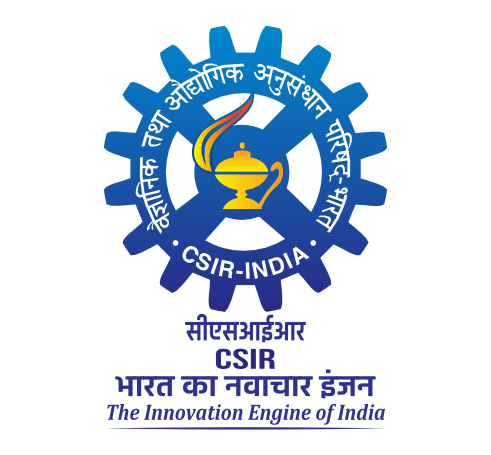Copra meal and guar gum β-manno-oligosaccharides inhibit glycation of human serum albumin: Mechanistic insights using multi-spectroscopic and bioinformatic analysis
Prabha, Neelam and Mukesh, Kapoor (2025) Copra meal and guar gum β-manno-oligosaccharides inhibit glycation of human serum albumin: Mechanistic insights using multi-spectroscopic and bioinformatic analysis. Food Research International, 222. pp. 1-17.
|
PDF
1-s2.0-S096399692501885X-main.pdf - Published Version Restricted to Registered users only Download (5MB) | Request a copy |
Abstract
We investigated the inhibitory effects of β-MOS derived from guar gum (GG-β-MOS) and copra meal (CM-β-MOS) using GH26 endo-mannanase on AGEs formation using a glucose-human serum albumin (HSA) in vitro model. β-MOS were found to be an effective anti-glycating agent by acting on all the stages (early, intermediate, and late) of glycation, evident by reduced formation of fructosamine, carbonyl, and dicarbonyl compounds, specific fluorescent AGEs, thiol oxidation products and increased free lysine and arginine contents. CM-β-MOS (IC₅₀ ~134.0 μg/ml) exhibited stronger AGEs inhibition than GG-β-MOS (IC₅₀ ~285.4 μg/ml) and was more potent in trapping methylglyoxal. Biophysical studies suggested that β-MOS protected the microenvironment around the hydrophobic regions, prevented changes in the tertiary structure, restored α-helical content, and reduced the amyloid aggregates in glycated HSA. CM-β-MOS maximally suppressed the formation of cross-linked structures in GHSA and was more effective than GG-β-MOS in preventing GHSA aggregation. The β-MOS-HSA complexation process was spontaneous and thermodynamically favourable. CM-β-MOS-HSA complex was more stable (higher quenching and binding constant) than GG-β-MOS-HSA. LC-MS/MS studies demonstrated that β-MOS reduced glycation sites, decreased the degree of substitution per peptide in glycated peptides, and altered the location of glycation. Molecular docking suggested mannotriose (M3) had a strong affinity and lower binding energy ( 5.96 kcal/mol) for HSA. M3 interacted with amino acid residues spanning domains I (Site IB) and III (Sudlow site II) of HSA via hydrogen bonding, van der Waals forces, carbon‑hydrogen, and alkyl interactions. MD studies corroborated that the HSA-M3 complex was stable, less flexible and more compact.
| Item Type: | Article |
|---|---|
| Uncontrolled Keywords: | β-MOS, Human serum albumin, Advanced glycation end products, Spectroscopy, Molecular docking, MD simulation |
| Subjects: | 600 Technology > 08 Food technology > 16 Nutritive value > 07 Waste utilization 600 Technology > 08 Food technology > 33 Nuts > 01 Coconut |
| Divisions: | Fermentation Technology and Bioengineering |
| Depositing User: | Somashekar K S |
| Date Deposited: | 12 Nov 2025 09:51 |
| Last Modified: | 12 Nov 2025 09:51 |
| URI: | http://ir.cftri.res.in/id/eprint/20083 |
Actions (login required)
 |
View Item |

